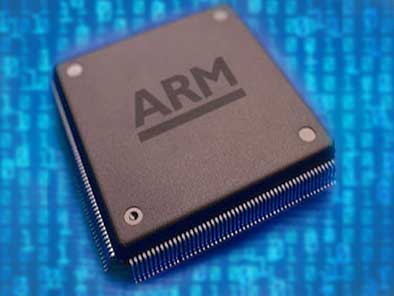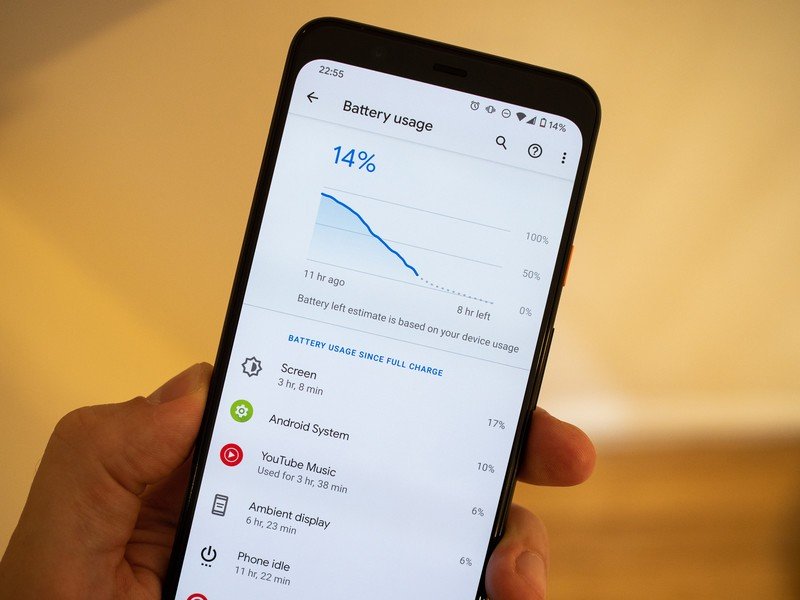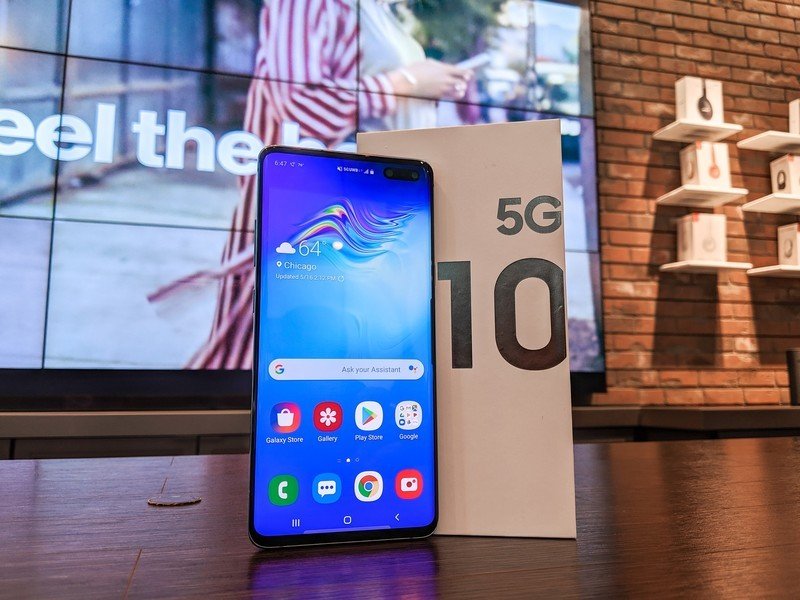5 ways the Cortex-X program could change Android as we know it

We don't have a lot of details about ARM's Cortex-X program, where ARM will work with companies that build processors to customize them from the ground up, outside of some press materials and datasheets from ARM itself. We do know that we should expect to see the first of (hopefully) many chips using a custom Cortex-X core soon with the ARM Cortex-X1, which is basically a chip using Cortex-A cores and one of them has its governor removed so it can run free.
That's what the Cortex-X program is all about. It's a way for companies who want to sacrifice some room on a silicon wafer and a bit of battery life in exchange for raw power to do so without spending millions to design it themselves. The idea isn't exactly new, and companies that already design custom ARM-licensed chips have been doing this for a while. That gives us a great view of what to expect: even more of the big leaps we see from generation to generation.
Expect no change in budget phones

Yes, it's sad to lead with this, but it's the biggest truth — the Cortex-X program will not make high-end ARM processors cheaper. In other words, none of them are going to appear in budget-minded phones.
Cortex-X chips won't be cheap.
It's easy to argue that phones like the Galaxy A51 are the phones that need a better processor package the most because many feel underpowered. Unfortunately, money is what matters when you're trying to build a cheaper device.
This doesn't mean that next year's crop of budget phones will be worse than this year's, just that the Cortex-X program won't make any meaningful difference.
Expect better (or worse) battery life

Yes, one or the other depending on how you use your phone. A typical phone CPU has a set of "big" (meaning faster and more power-hungry) cores and a set of "little" (power friendly) cores. A phone processor built under the Cortex-X program would probably have three sets of cores: big, little, and "bigger."
More: Qualcomm's powerful (and expensive) Snapdragon 865
Get the latest news from Android Central, your trusted companion in the world of Android
Because these CPU cores are designed to emphasize speed and power over battery life, they run faster and hotter. That's great for things like playing games or browsing script-heavy websites, but it also means that your battery is going to take a hit whenever these bigger cores are in use. But this also means that what we usually use the big cores don't need to be so power-hungry.
A lot of attention will be given to balancing things out so that these bigger cores run only when needed. That means for most things, power efficiency could increase because there is a sleeping giant ready to wake up whenever heavy lifting is needed. If you use your phone mostly to play games, your battery life could be worse — but if you use your phone for a mix of things, expect battery life to be better.
Expect better photos and video

Most every phone chip has an onboard AI component that works with the on-board image processor. AI plays a big part in getting good photographs from tiny sensors that can only collect a smidgen of data that a dedicated camera's larger sensors can.
More: Sony's AI-powered sensors are the future of smartphone cameras
While an onboard AI processor can handle much of the load, you still need raw computing power to turn a few points of light into a photograph that's in a viewable and sharable format. This is especially true when talking about video.
4K video capture takes a lot of speed and power from almost every part of the system; you need to be able to capture a high-quality stream at a high enough bitrate to make it look great, then write it to storage without overfilling any memory buffers. The traffic cop that helps the software direct everything to work together is the phone's CPU.
Expect a faster network

Not really, but it will seem faster.
You probably have a good, fast internet connection, and chances are it's fast enough that your phone is actually the bottleneck anytime data being downloaded needs to be processed. The memory in your phone is fast enough, the storage controller can read and write data fast enough, and your processor needs to be able to crunch all the data fast enough.
This is something nobody ever thinks about, but you actually can see it in action. Amazon or Netflix recommends you have a connection of about 40Mbps to watch a 4K video, yet your connection is a lot higher and things still buffer once in a while. That's because the data isn't being processed fast enough and the buffer runs empty. Your processor is more than powerful enough to keep up, but you also have a thousand other things it needs to do.
How do you fix a problem like that? One of two ways — stop doing so much or throw more power at the problem.
Expect better performance

This goes without saying, right? If the processor is "faster" then the phone will be faster. But that's not the only metric you can measure performance with.
Expect less Bluetooth audio jittering and wonkiness. Expect faster app opening times. Expect features like picture-in-picture or multi-window to work better. Expect all those features your phone comes with to work even better with a new type of processor.
Your phone never sleeps, but waking up is still pretty stressful.
Your phone never sleeps — especially if it's an Android. It's constantly checking for mail and messages, checking for updates, and checking to make sure you're staying safe. It's also running hundreds of apps silently in the background, checking to see what apps are running, what apps should be running, and what apps shouldn't be.
When the screen is off, none of this matters because you're not trying to do something yourself, but it still takes processing power. When you wake up your phone, all hell breaks loose in the CPU. These threads that have always been running need to stay running, threads that have been suspended need to snap back to life, and apps like your launcher or a weather widget or anything else you always use have to be ready as fast as possible.
The same goes for when you open a new app or use multi-window to launch one. Anytime you do something, your phone's CPU has to find time to keep doing those maintenance tasks as well as do that thing you wanted. We've all tried to open some big app and heard our Bluetooth stutter, but everything else is stuttering, too.
A high-powered CPU core can (and would) kick into gear to take much of that strain away from the processor. Everything will work the same as it does now, just faster.
A new type of ARM processor won't perform any miracles. But the small things it can do will make us love our phones even more, and as the Cortex-X program matures, we expect to see things we've never thought of made possible by the jump in CPU power.
Meet ARM's Cortex-X, the design that could create custom Pixel chips

Jerry is an amateur woodworker and struggling shade tree mechanic. There's nothing he can't take apart, but many things he can't reassemble. You'll find him writing and speaking his loud opinion on Android Central and occasionally on Threads.
